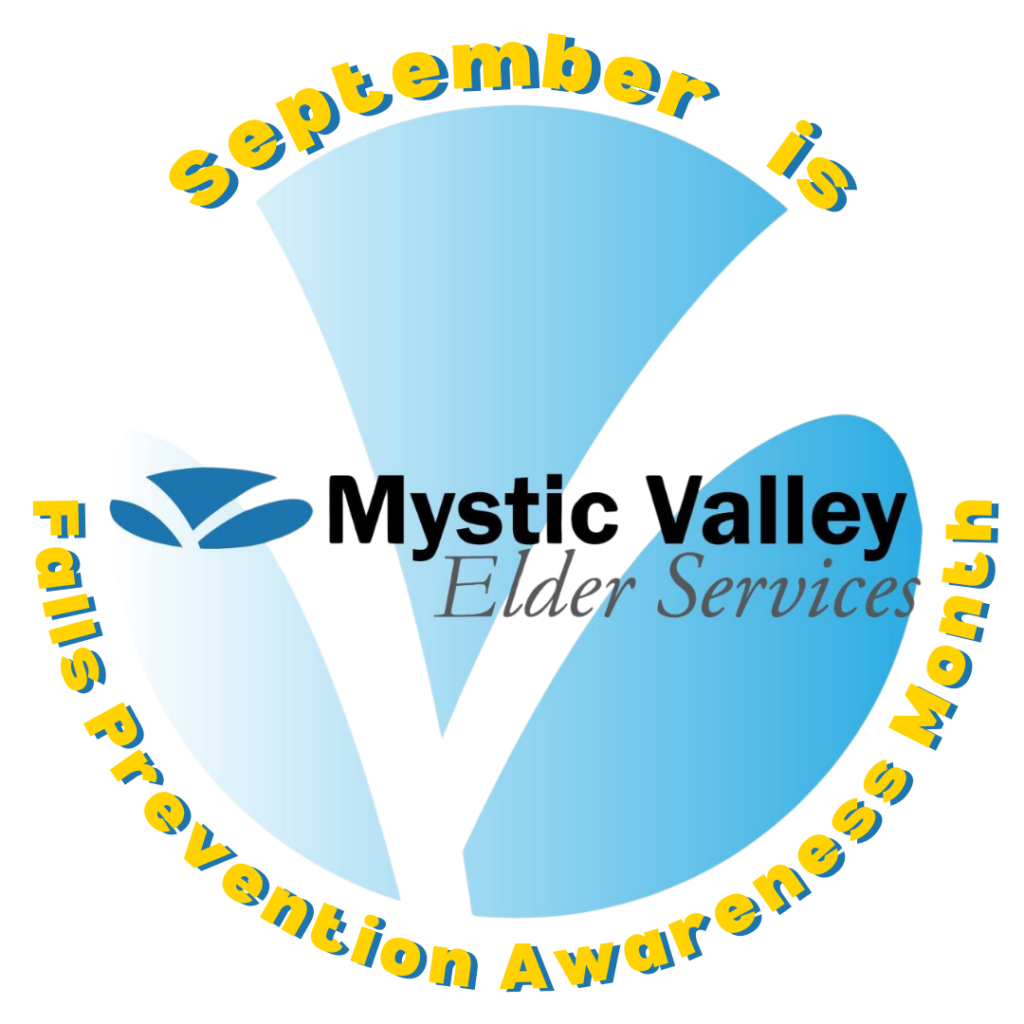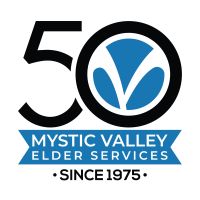
September is Falls Prevention Awareness Month
It’s no secret that falling can be dangerous, yet there is a great deal of misinformation about it. A quick look at myths vs. facts:
- New research indicates that falling merits prevention efforts at every age, and in particular, adults 46-65 are at higher risk than most people realize.
- Falls are the leading cause of injury and injury death among adults ages 65 and over, according to the CDC. These numbers are daunting, falls are preventable – yes, even for older people.
September is Falls Prevention Awareness Month and September 23-27, 2024, is Falls Prevention Awareness Week, the perfect time to educate yourself. With wet leaves on the ground during autumn and snow around the corner, arm yourself with knowledge to reduce your risk.
Mystic Valley Elder Services (MVES) shares some helpful tips and resources on falls prevention below. We also encourage you to check out our free falls prevention class, A Matter of Balance, which is offered on a recurring basis in locations around our service area. It reduces fall risk while instilling confidence in participants. Visit www.mves.org/services/healthy-aging-programs to learn more or call 781-324-7705.
Tips to Prevent Falls
- Take a look in your closet and dressers. Are there clothing items that could increase your risk? In particular, choose well-fitted, flat, rubber-soled shoes to prevent slipping.
- Do not walk or climb stairs with arms loaded — always leave a hand free for balance.
- Slowly get out of bed and carefully rise from sitting to avoid dizziness.
- Make sure to have your vision tested regularly and keep glasses clean.
- Be aware of any medications you are taking that could cause difficulty with balance. Discuss this with your primary care physician to get their input.
A “Checkup” to Evaluate Your Risk
Take the Falls Free CheckUp® offered by the National Council on Aging at www.ncoa.org/tools/falls-free-checkup. This is a great tool to determine your risk and ways to reduce it, personalized to your situation.
Limit Your Fall Risk at Home
Bathrooms: Place a rubber mat or rubber safety strips in the tub or shower. Install sturdy grab bars in the tub/shower area to provide support. Have a night light available to use after dark and in the middle of the night.
Bedrooms: Use night lights or bedside, remote-controlled light switches. Place the telephone in an area easy to get to and keep the cord out of walking pathways. Consider a cordless telephone.
Stairs and hallways: Put light switches conveniently at both the top and bottom of stairs. Make sure carpeting is not loose or buckling and use non-skid treads on stairs. Both sides of each stairway should have sturdy handrails running their entire lengths. Avoid waxing hardwood floors that could create a slippery surface.
Living areas: Secure and place electrical/telephone cords out of walking pathways. Remove throw rugs that might slide or attach non-skid strips to rug backings. Furniture should be arranged to allow for unobstructed walkways. It is important to keep floors clear of clutter.
Recommendation for Loved Ones
The danger of falling is often compounded by the inability to call for help. Personal emergency response systems should be installed whenever someone appears to be at risk of falling. These systems provide 24-hour access to emergency help, giving both the older adult and family members some sense of security.
